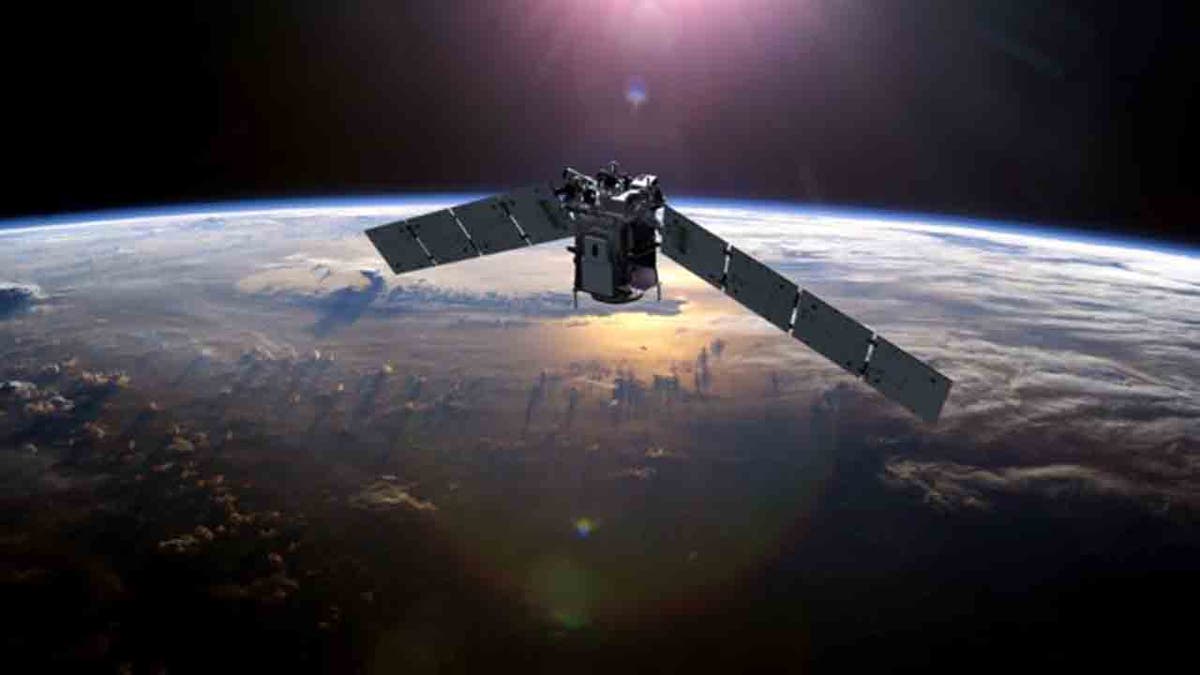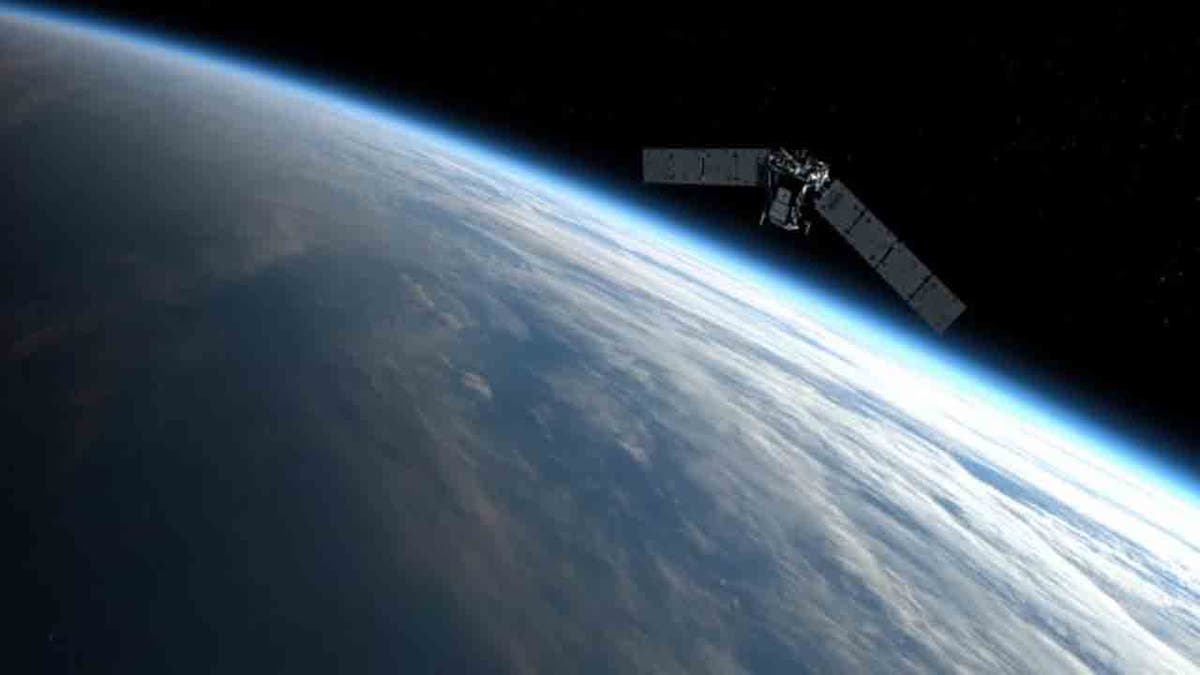Commercial company involvement in lunar landing is 'good': Former NASA astronaut
Former NASA astronaut Clayton Anderson reacts to the advancement of space exploration on 'Your World.'
A U.S. NASA spacecraft and a Russian satellite passed dangerously close to one another early Wednesday, avoiding a potential low-Earth orbit collision, the space agency said.
NASA issued a warning earlier Wednesday that the agency and the U.S. Department of Defense were monitoring the expected close pass between a Thermosphere lonosphere Mesosphere Energetics and dynamics mission (TIMED) U.S. NASA spacecraft and Russia's Cosmos 2221 satellite.
Both orbiting spacecraft are non-maneuverable and were expected to make their closest pass at about 1:30 a.m. EST on Wednesday at an altitude of about 373 miles (600 km), NASA said in a news release.
Later Tuesday morning, NASA updated that the spacecraft and Russian satellite passed each other safely in orbit at about 1:34 a.m. EST. The agency said that the TIMED spacecraft continued to function normally.
US SUCCESSFULLY LANDS ON MOON FOR FIRST TIME IN HALF-CENTURY WITH PRIVATE ROBOT SPACECRAFT

An artist’s impression of the TIMED spacecraft in orbit above Earth. (NASA/Johns Hopkins University Applied Physics Laboratory)
While NASA said that the two spacecraft were always expected to miss each other, a collision could have resulted in a significant amount of debris.
The two spacecraft will approach each other again, according to the agency, though this was their closest pass in the current predicted orbit determinations. The spacecraft and satellite will continue to gradually move apart in altitude.
NASA and the Department of Defense are continuing to monitor the situation.

An artist’s impression of the TIMED spacecraft in orbit, scanning Earth. (Johns Hopkins APL/Steve Gribben)
NASA GOES OLD SCHOOL WITH ROCKET SENDING ASTRONAUTS TO THE MOON
NASA’s TIMED science mission is studying the effects of the sun on the Earth's atmosphere.
Fragments of rocket hardware and old satellites litter low-Earth orbit with space debris. Each piece of debris is orbiting the Earth at about 17,000 mph, according to Fox Weather.
Scientists are becoming more concerned about the growing number of satellites and space junk that could collide and cause a dangerous with other objects in orbit, according to LiveScience.
While a cascade has yet to occur, the International Space Station in 2022 had to quickly be maneuvered out of the path of incoming debris from a Russian satellite, Cosmos 1408. Russia destroyed the satellite on Nov. 15, 2021 in a kinetic anti-satellite test that generated a cloud of debris, including some 1,500 pieces of trackable size.



